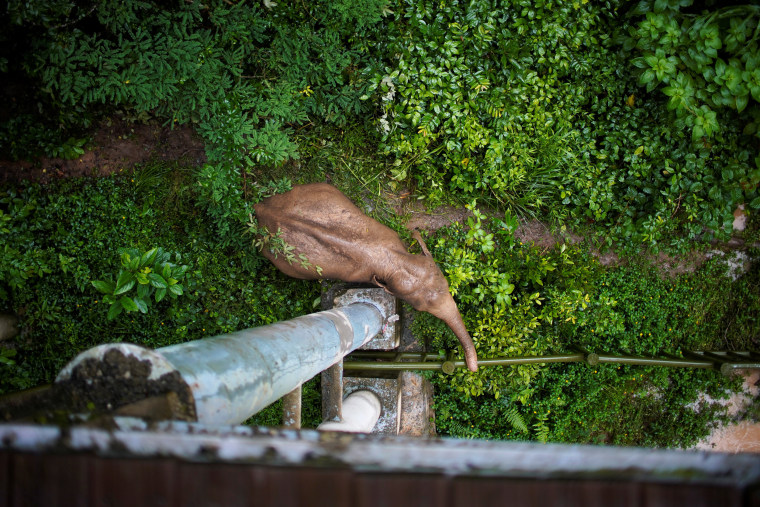XISHUANGBANNA, China — After plundering crops, raiding a retirement home and taking China’s internet by storm, a herd of wild Asian elephants that wandered hundreds of miles across southern China finally appears to be heading home.
The group was guided across the Yuanjiang river in Yunnan province, coaxed by drones and bananas, and is now about 100 miles from the nature reserve it left over a year ago.
The elephants have been on an epic trek that both baffled scientists and drew attention to the delicate balance China is trying to strike with conservation efforts.
Thanks to protection laws, the population of wild elephants in China has roughly doubled from 180 in the 1980s to 300 in 2021, according to the state news agency Xinhua. And a ban on hunting also made elephants more comfortable with entering human communities.
But at the same time, they’ve lost two-thirds of their habitat to rapid urban development, new transportation infrastructure and commercial farmland — forcing a coexistence with humans that is not always peaceful.

The elephant's trail of slapstick trouble has been picked up on video along the way by swarms of drones tasked with monitoring them, as well as the country’s vast network of surveillance cameras.
And the elephant adventures are not over yet, there is another herd of wild elephants on the move.
This time, 17 of them left a nature reserve around Xishuangbanna and, at one point, moved into the nearby Xishuangbanna Tropical Botanical Gardens where the Chinese Academy of Sciences oversees more than 600 acres of rainforest filled with thousands of plant species.
In other words: prime snacking territory for elephants.
“An elephant is an eating machine,” explained Ahimsa Campos-Arceiz, a professor and an expert in human-elephant conflict at the botanical gardens.
Subsisting off a diet of grasses, bamboo, wild bananas and palms, the average Asian elephant stands 11 feet tall and weighs 11,000 pounds.
“A normal elephant in the wild will spend 17, 18 hours just eating,” Campos-Arceiz said. “That’s what they do.”
That adds up to a lot of bananas and bamboo. So the herd has to keep moving in order to satisfy its appetites.

“They will just be on the move continuously,” he explained. “They cannot spend too much time in a place because they will consume all the resources.”
Therein lies the complexity of China’s conservation efforts — the elephants keep moving, but their habitat has shrunken substantially.
Download the NBC News app for breaking news and politics
“Whenever people and elephants share the same landscape, elephants are a big deal for people and people are a big deal for elephants,” Campos-Arceiz said.
The big challenge is how to create a safe space for both.
For the professor, the key is to not only think about habitat protection and restoration, but also find ways for elephants and people to coexist.
“One of our main jobs if we want to do conservation is to ensure that that doesn't mean having a high cost for people who live next to the wildlife," he said.
For a while, the second herd's elephants seemed content to make themselves at home in the botanical gardens where drones captured images of them swimming, splashing in mud, and taking naps in the shade of the forest’s canopy.
The herd’s wanderings captivated viewers across the globe and made for popular internet viewing through livestreams and night-vision, including a security camera that showed part of the first wayward herd going past a car dealership.
But some of the most striking images were those of the elephants on their own, playing with one another — a rare glimpse even for experts at life in the wild.
In the meantime, whether the second herd sets out on a longer journey remains unclear.
